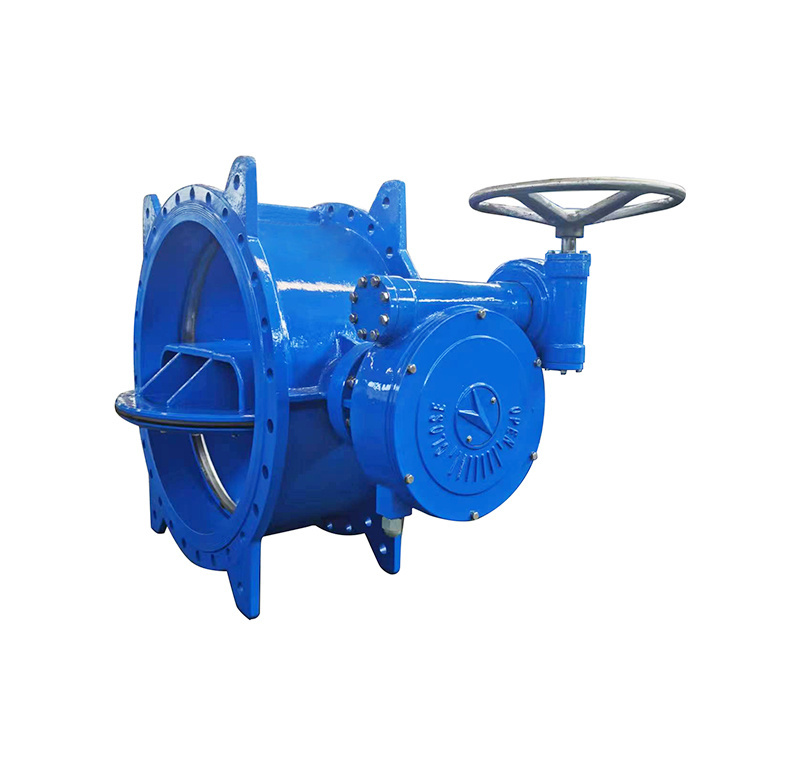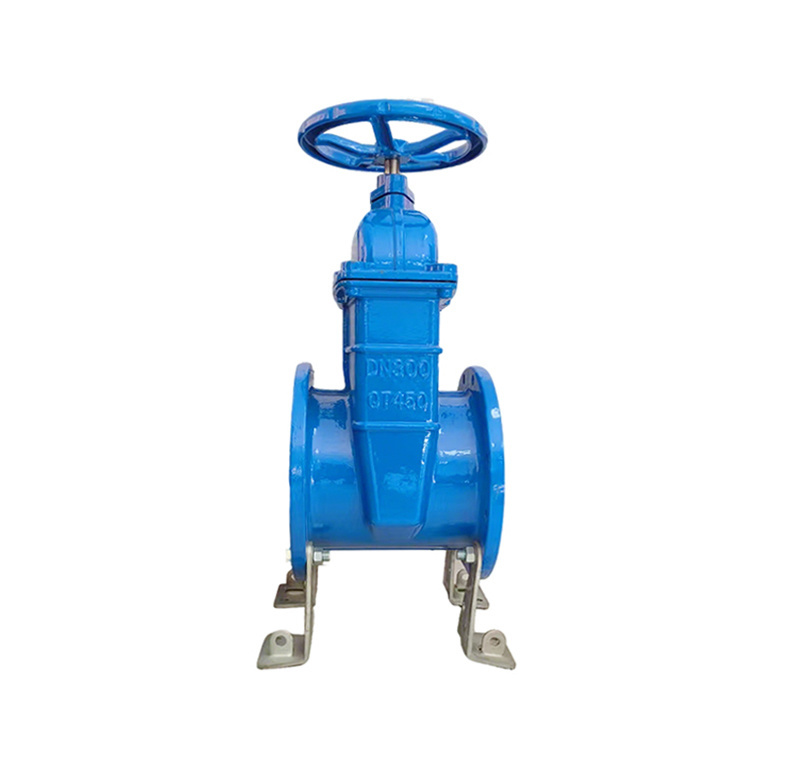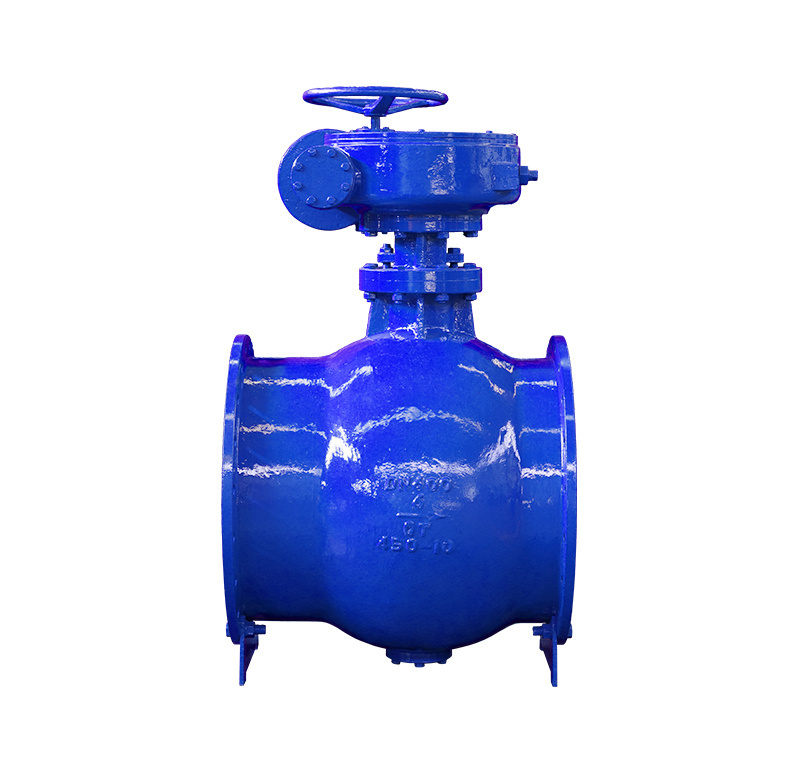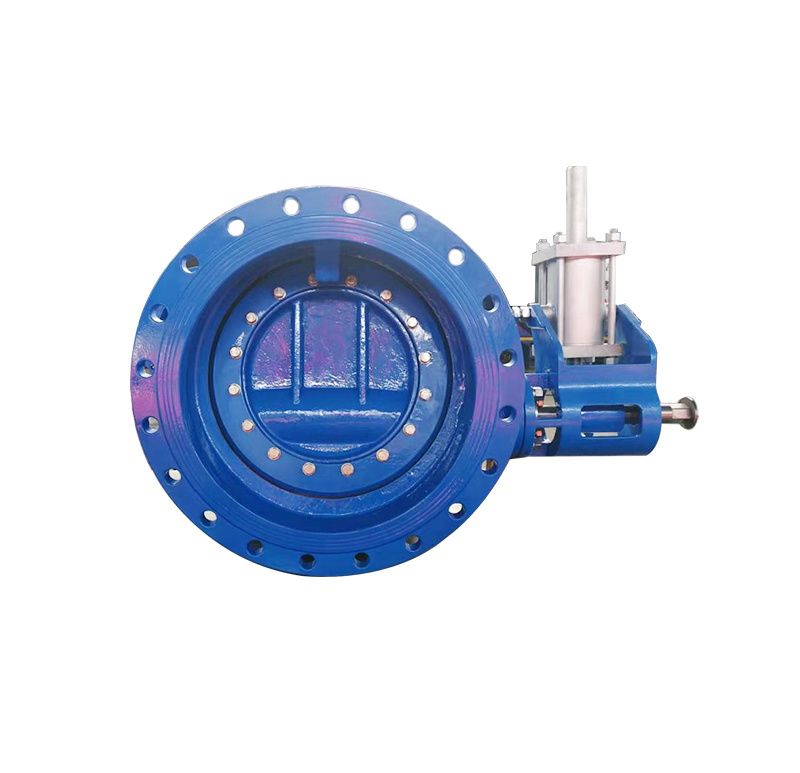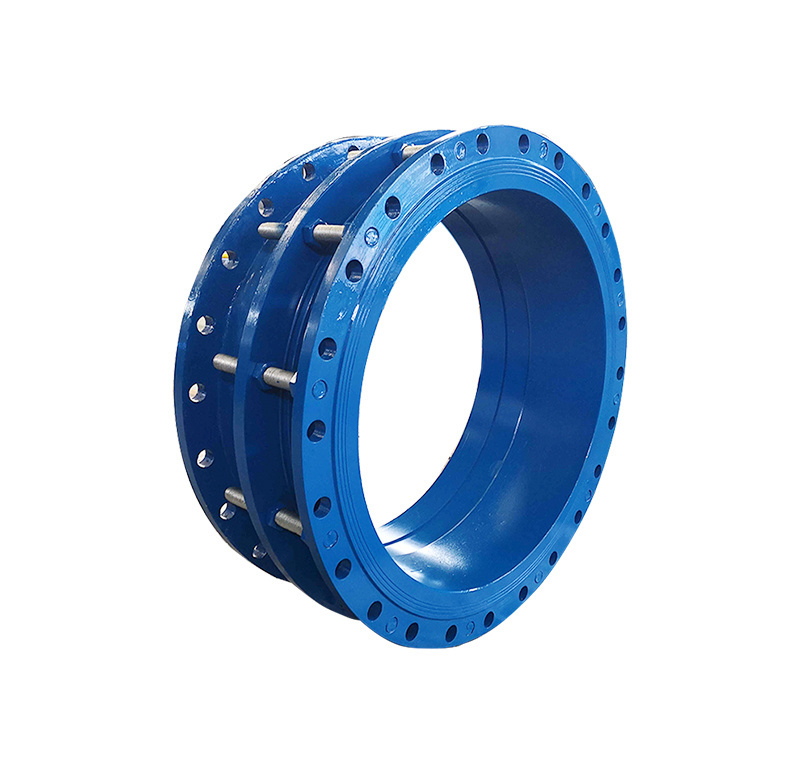How Small Flow Resistance Valves Enhance Efficiency in Fluid Systems
How Small Flow Resistance Valves Improve Efficiency in Fluid Systems
Table of Contents
1. Introduction to Small Flow Resistance Valves
2. Understanding Fluid Systems: A Brief Overview
3. The Importance of Flow Control in Industrial Applications
4. What Are Small Flow Resistance Valves?
5. Benefits of Small Flow Resistance Valves
6. Applications of Small Flow Resistance Val
How Small Flow Resistance Valves Improve Efficiency in Fluid Systems
Table of Contents
- 1. Introduction to Small Flow Resistance Valves
- 2. Understanding Fluid Systems: A Brief Overview
- 3. The Importance of Flow Control in Industrial Applications
- 4. What Are Small Flow Resistance Valves?
- 5. Benefits of Small Flow Resistance Valves
- 6. Applications of Small Flow Resistance Valves in Various Industries
- 7. How to Choose the Right Small Flow Resistance Valve
- 8. Troubleshooting and Maintenance Tips
- 9. Conclusion
- 10. Frequently Asked Questions (FAQs)
1. Introduction to Small Flow Resistance Valves
In today's industrial landscape, efficiency is paramount. As companies strive to optimize their processes, **small flow resistance valves** have emerged as crucial components in maximizing performance within fluid systems. These valves play a significant role in regulating flow rates, minimizing pressure drops, and enhancing overall system functionality.
This article will delve into the mechanics of small flow resistance valves and their significant advantages, ensuring that industry professionals are equipped with the knowledge needed to implement these essential tools effectively.
2. Understanding Fluid Systems: A Brief Overview
Fluid systems are intricate networks designed to transport liquids or gases from one location to another. These systems are found in various applications, from manufacturing and HVAC systems to power generation and water treatment facilities.
Key components of fluid systems include pumps, pipes, valves, and fittings, which work in unison to maintain optimal fluid dynamics. Understanding how these systems function is vital to appreciating the importance of small flow resistance valves and their transformative potential.
3. The Importance of Flow Control in Industrial Applications
Flow control is essential in industrial processes, where precise management of fluid dynamics significantly impacts energy efficiency, operational reliability, and product quality. Poor flow management can lead to **increased energy consumption**, equipment wear, and even safety hazards.
Implementing effective flow control mechanisms, like small flow resistance valves, ensures that fluid systems operate smoothly, reducing the likelihood of disruptions and enhancing overall productivity.
4. What Are Small Flow Resistance Valves?
Small flow resistance valves are specialized devices designed to offer minimal resistance to fluid flow, enabling smoother transitions throughout the system. These valves are engineered to maintain or adjust flow rates while reducing pressure loss, making them ideal for applications where efficiency is critical.
Typically constructed from durable materials such as stainless steel or brass, small flow resistance valves are designed to withstand varying pressure and temperature conditions, ultimately contributing to their longevity and reliability in demanding environments.
5. Benefits of Small Flow Resistance Valves
The advantages of integrating small flow resistance valves into fluid systems are numerous:
5.1 Enhanced Energy Efficiency
By minimizing pressure drops, these valves ensure that pumps and other equipment consume less energy to maintain required flow rates. This efficiency translates to cost savings and a smaller environmental footprint for organizations.
5.2 Improved Flow Control
Small flow resistance valves enable precise flow regulation, which is essential for applications requiring specific fluid delivery rates. This precision contributes to better product quality and consistency.
5.3 Reduced Wear and Tear
By reducing turbulence and pressure fluctuations, these valves help extend the lifespan of downstream equipment, resulting in lower maintenance costs and reduced downtime.
5.4 Versatility in Applications
Small flow resistance valves can be employed across various industries, including chemical processing, water treatment, HVAC systems, and food and beverage manufacturing, making them versatile solutions for fluid control challenges.
6. Applications of Small Flow Resistance Valves in Various Industries
The applicability of small flow resistance valves spans multiple sectors, addressing unique fluid management needs:
6.1 Chemical Processing
In chemical plants, precise flow control is vital to ensure reaction efficiency and product quality. Small flow resistance valves support these requirements by minimizing pressure drops and maintaining consistent flow rates.
6.2 Water Treatment
Water treatment facilities rely on small flow resistance valves to regulate the flow of water through filtration and disinfection processes, ensuring that treated water meets safety standards.
6.3 HVAC Systems
In heating, ventilation, and air conditioning systems, these valves help maintain desired temperatures and airflow rates, optimizing energy consumption while enhancing occupant comfort.
6.4 Food and Beverage Manufacturing
In food processing, small flow resistance valves ensure accurate dosing of ingredients and maintain hygiene standards by providing reliable flow control.
7. How to Choose the Right Small Flow Resistance Valve
Selecting the right small flow resistance valve requires careful consideration of several factors:
7.1 Assessing Fluid Characteristics
Evaluate the type of fluid (liquid or gas), viscosity, temperature, and pressure conditions to determine the appropriate valve material and design.
7.2 Understanding Application Requirements
Identify specific flow rate needs and pressure tolerances for your application to ensure compatibility with your fluid system.
7.3 Consulting Manufacturer Specifications
Consult product specifications and manufacturer guidelines to ensure that the selected valve meets industry standards and performance expectations.
8. Troubleshooting and Maintenance Tips
Regular maintenance and troubleshooting are essential for optimal valve performance:
8.1 Routine Inspections
Conduct periodic inspections to identify wear and tear, leaks, or unusual performance issues.
8.2 Cleaning and Maintenance
Implement a regular cleaning schedule to prevent clogging and buildup, which can hinder valve function.
8.3 Professional Servicing
For complex issues, consult with professionals to ensure effective troubleshooting and repairs.
9. Conclusion
Small flow resistance valves play a pivotal role in enhancing the efficiency of fluid systems across diverse industrial applications. By understanding their functionality and benefits, organizations can make informed decisions that lead to optimized operations, reduced energy costs, and improved product quality. The integration of these advanced valves represents a crucial step toward achieving greater efficiency in today’s demanding industrial environments.
10. Frequently Asked Questions (FAQs)
10.1 What is a small flow resistance valve?
A small flow resistance valve is a device designed to minimize resistance to fluid flow while allowing for precise control over flow rates, thereby enhancing efficiency in fluid systems.
10.2 How do small flow resistance valves reduce energy consumption?
By minimizing pressure drops within the system, these valves require less energy from pumps to maintain desired flow rates, leading to significant energy savings.
10.3 In which industries are small flow resistance valves commonly used?
Small flow resistance valves are widely used in industries such as chemical processing, water treatment, HVAC systems, and food and beverage manufacturing.
10.4 What factors should I consider when selecting a small flow resistance valve?
Consider fluid characteristics, application requirements, and manufacturer specifications to choose the right valve for your system.
10.5 How can I maintain small flow resistance valves effectively?
Regular inspections, cleaning, and consulting with professionals for servicing are key practices for maintaining optimal valve performance.
This detailed exploration of small flow resistance valves underscores their importance in improving efficiency within fluid systems. By leveraging the information provided, industry professionals can effectively enhance their operations and drive greater productivity.









